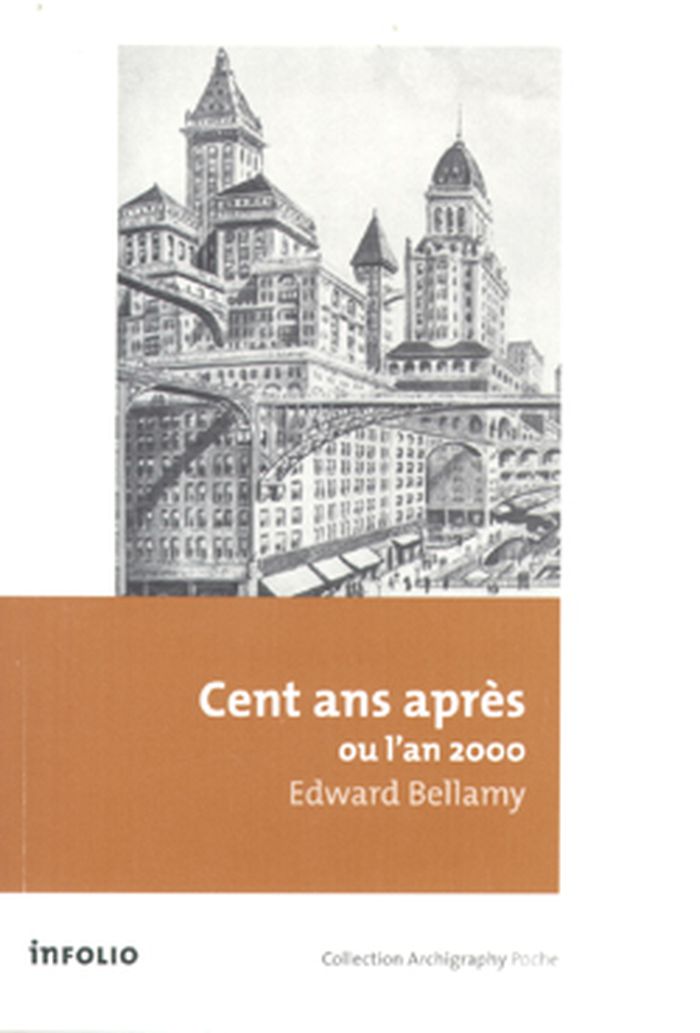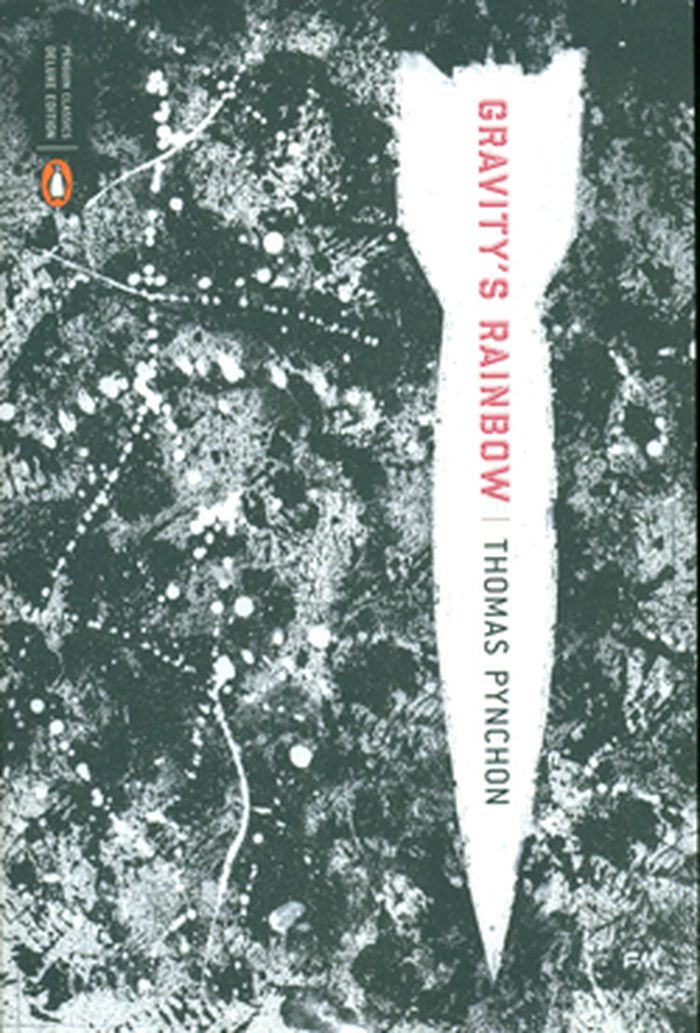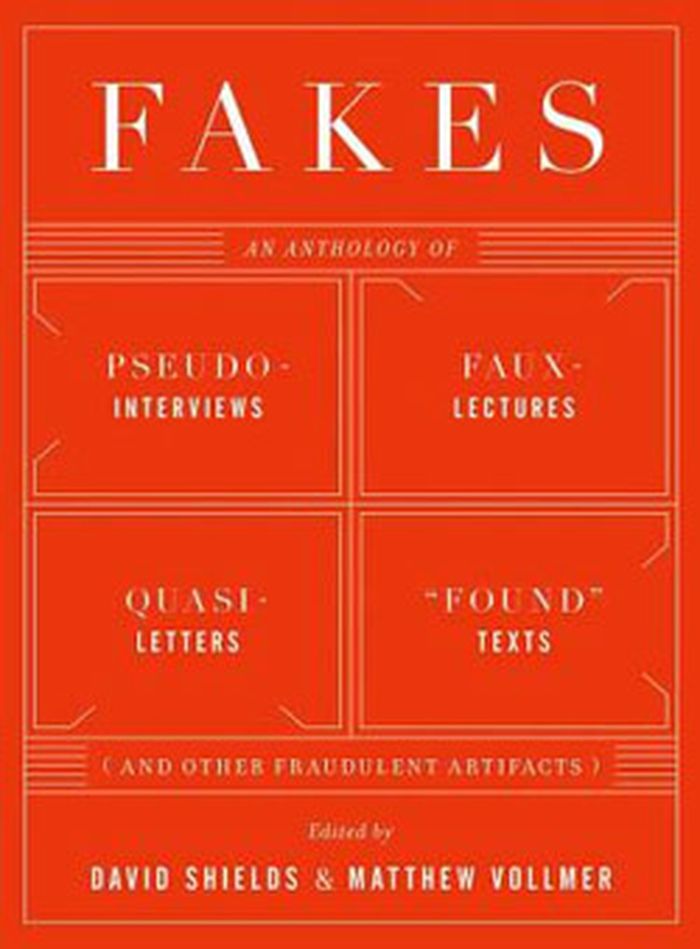$27.95
(available to order)
Summary:
What would it mean today to think or to imagine, to design or to construct, in relation not to things made" but to "things in the making"? This question, first posed by the philosopher William James, was the point of departure for "The Pragmatist Imagination." The volume brings together position statements, theoretical speculations, and critical commentary by 33 leading(...)
The pragmatist imagination: thinking about things in the making
Actions:
Price:
$27.95
(available to order)
Summary:
What would it mean today to think or to imagine, to design or to construct, in relation not to things made" but to "things in the making"? This question, first posed by the philosopher William James, was the point of departure for "The Pragmatist Imagination." The volume brings together position statements, theoretical speculations, and critical commentary by 33 leading thinkers and makers from over a dozen disciplines. Based on the proceedings of an international workshop held at Columbia University under the auspices of the Buell Center for the Study of American Architecture in spring 2000, a preamble to the much-ballyhooed conference at the Museum of Modern Art in November, 2000, the contributions traverse a set of burning questions about the future, ranging from the relationship between art and experience to the impact of new technologies on human consciousness, from transformations in everyday life to problems of public space, and from the destiny of the nation-state toemergent forms of transnationalism.
Architecture and the imaginary
Cent ans après ou l'an 2000
$19.95
(available to order)
Summary:
Julian West, jeune homme de bonne famille, s’endort en 1887 et émerge d’un long sommeil en 2000. Boston a considérablement changé, mais ce qui va l’étonner concerne le fonctionnement de l’économie, du travail, des loisirs, de la famille et de l’État. Dès sa parution en 1888, l’ouvrage a connu un grand succès et a été traduit dans plusieurs langues.
Cent ans après ou l'an 2000
Actions:
Price:
$19.95
(available to order)
Summary:
Julian West, jeune homme de bonne famille, s’endort en 1887 et émerge d’un long sommeil en 2000. Boston a considérablement changé, mais ce qui va l’étonner concerne le fonctionnement de l’économie, du travail, des loisirs, de la famille et de l’État. Dès sa parution en 1888, l’ouvrage a connu un grand succès et a été traduit dans plusieurs langues.
Architecture and the imaginary
Gravity's rainbow
$22.00
(available to order)
Summary:
Winner of the 1973 National Book Award, Gravity’s Rainbow is a postmodern epic, a work as exhaustively significant to the second half of the twentieth century as Joyce’s Ulysses was to the first. Its sprawling, encyclopedic narrative and penetrating analysis of the impact of technology on society make it an intellectual tour de force.
May 2009
Gravity's rainbow
Actions:
Price:
$22.00
(available to order)
Summary:
Winner of the 1973 National Book Award, Gravity’s Rainbow is a postmodern epic, a work as exhaustively significant to the second half of the twentieth century as Joyce’s Ulysses was to the first. Its sprawling, encyclopedic narrative and penetrating analysis of the impact of technology on society make it an intellectual tour de force.
books
$10.99
(available to order)
Bit Rot: stories and essays
$34.00
(available to order)
Summary:
A thought-provoking, binge-worthy new collection of essays, stories, and musings from Douglas Coupland, Bit Rot explores the different ways in which twentieth-century notions of the future are being shredded, and it is a literary gem of the digital age. “Bit rot” is a term used in digital archiving to describe the way digital files can spontaneously and quickly decompose.(...)
Bit Rot: stories and essays
Actions:
Price:
$34.00
(available to order)
Summary:
A thought-provoking, binge-worthy new collection of essays, stories, and musings from Douglas Coupland, Bit Rot explores the different ways in which twentieth-century notions of the future are being shredded, and it is a literary gem of the digital age. “Bit rot” is a term used in digital archiving to describe the way digital files can spontaneously and quickly decompose. As Douglas Coupland writes, “Bit rot also describes the way my brain has been feeling since 2000, as I shed older and weaker neurons and connections and enhance new and unexpected ones.” "Bit Rot" the book is a fascinating meditation on the ways in which humanity tries to make sense of our shifting consciousness. Coupland, just like the Internet, mixes forms to achieve his ends. Short fiction is interspersed with essays on all aspects of modern life. The result is addictively satisfying for Coupland’s established fanbase hungry for his observations about our world, and a revelation to new readers of his work. For almost three decades, his unique pattern recognition has powered his fiction, his phrase-making, and his visual art.
Architecture and the imaginary
$20.00
(available to order)
Summary:
Contemporary short stories enacting giddy, witty revenge on the documents that define and dominate our lives.
Architecture and the imaginary
October 2012
Fakes : an anthology of pseudo-interviews, faux-lectures, quasi-letters,
Actions:
Price:
$20.00
(available to order)
Summary:
Contemporary short stories enacting giddy, witty revenge on the documents that define and dominate our lives.
Architecture and the imaginary
$24.95
(available to order)
Summary:
Beginning with Venusia (2005) and continuing with Mercury Station (2009), Mark von Schlegell's System Series has moved backward in time, investigating the contours of time, memory, perception, and control in the inter-planetary system that emerge off-world in the twenty-second and twenty-third centuries during Earth's full collapse. In the latest installment, Sundogz,(...)
Sundogz
Actions:
Price:
$24.95
(available to order)
Summary:
Beginning with Venusia (2005) and continuing with Mercury Station (2009), Mark von Schlegell's System Series has moved backward in time, investigating the contours of time, memory, perception, and control in the inter-planetary system that emerge off-world in the twenty-second and twenty-third centuries during Earth's full collapse. In the latest installment, Sundogz, set among the water-rich moons of planet Uranus, extremist astro-marine "spacers" have constructed an aquatic world of extraordinary scope and ambition, entirely invisible to the System at large. The Good Fortune, a spaceship en route to Moon Miranda, the most beautiful and troublesome of Uranus's satellites, sends out a party to explore rumors of a secret fish farm in the ring. Now the "Oan Bubble" must attempt to survive its discovery.
Architecture and the imaginary
$37.50
(available to order)
Summary:
"Maps of the imagination" takes us on a magic carpet ride over terrain both familiar and exotic. Using the map as metaphor, Peter Turchi considers writing as a combination of exploration and presentation. He compares the way a writer leads a reader through the imaginary world of a story, novel, or poem to the way a mapmaker charts the physical world. "To ask for a map,"(...)
Maps of the imagination : the writer as cartographer
Actions:
Price:
$37.50
(available to order)
Summary:
"Maps of the imagination" takes us on a magic carpet ride over terrain both familiar and exotic. Using the map as metaphor, Peter Turchi considers writing as a combination of exploration and presentation. He compares the way a writer leads a reader through the imaginary world of a story, novel, or poem to the way a mapmaker charts the physical world. "To ask for a map," says Turchi, "is to say, 'Tell me a story.' " The author looks at how mapmakers and writers deal with blank space and the blank page; the conventions they use (both the ones readers recognize and those that often go unnoticed) or consciously disregard; the role of geometry in maps and the parallel role of form in writing; how both maps and writing serve to re-create an individual's view of the world; and the artist's delicate balance of intuition with intention. The ancient Greeks, German globe makers, and British cartographers join forces with the Marx Brothers, NASA, and Roadrunner cartoons to shed light on the strategies of writers as diverse as Sappho, Ernest Hemingway, Virginia Woolf, Vladimir Nabokov, Italo Calvino, Don DeLillo, and Heather McHugh. A combination of history, critical cartography, personal essay, and practical guide to writing, "Maps of the imagination" is a book for writers, for readers, and for anyone interested in creativity.
Architecture and the imaginary
Visions of utopia
$41.50
(available to order)
Summary:
In "Visions of utopia", three cultural critics look at the history of utopian thinking, exploring why they fail and why they are still worth pursuing.
January 2003, New York
Visions of utopia
Actions:
Price:
$41.50
(available to order)
Summary:
In "Visions of utopia", three cultural critics look at the history of utopian thinking, exploring why they fail and why they are still worth pursuing.
$32.50
(available to order)
Summary:
Geography and Vision is a series of personal reflections by leading cultural geographer, Denis Cosgrove, on the complex connections between seeing, imagining and representing the world geographically. Ranging historically from the sixteenth century to the present day, the essays include reflections upon discovery and the role of imagination in giving it meaning;(...)
Architecture and the imaginary
January 1900, London, New York
Geography & vision: seeing, imagining and representing the world
Actions:
Price:
$32.50
(available to order)
Summary:
Geography and Vision is a series of personal reflections by leading cultural geographer, Denis Cosgrove, on the complex connections between seeing, imagining and representing the world geographically. Ranging historically from the sixteenth century to the present day, the essays include reflections upon discovery and the role of imagination in giving it meaning; colonisation and sixteenth century gardening; the shaping of American landscapes; wilderness, imperial mappings and masculinity; urban cartography and utopian visions; conceptions of the Pacific; the cartography of John Ruskin; and the imaginative grip of the Equator. Extensively illustrated, this engaging work reveals the richness and complexity of the geographical imagination as expressed over the past five centuries.
Architecture and the imaginary








